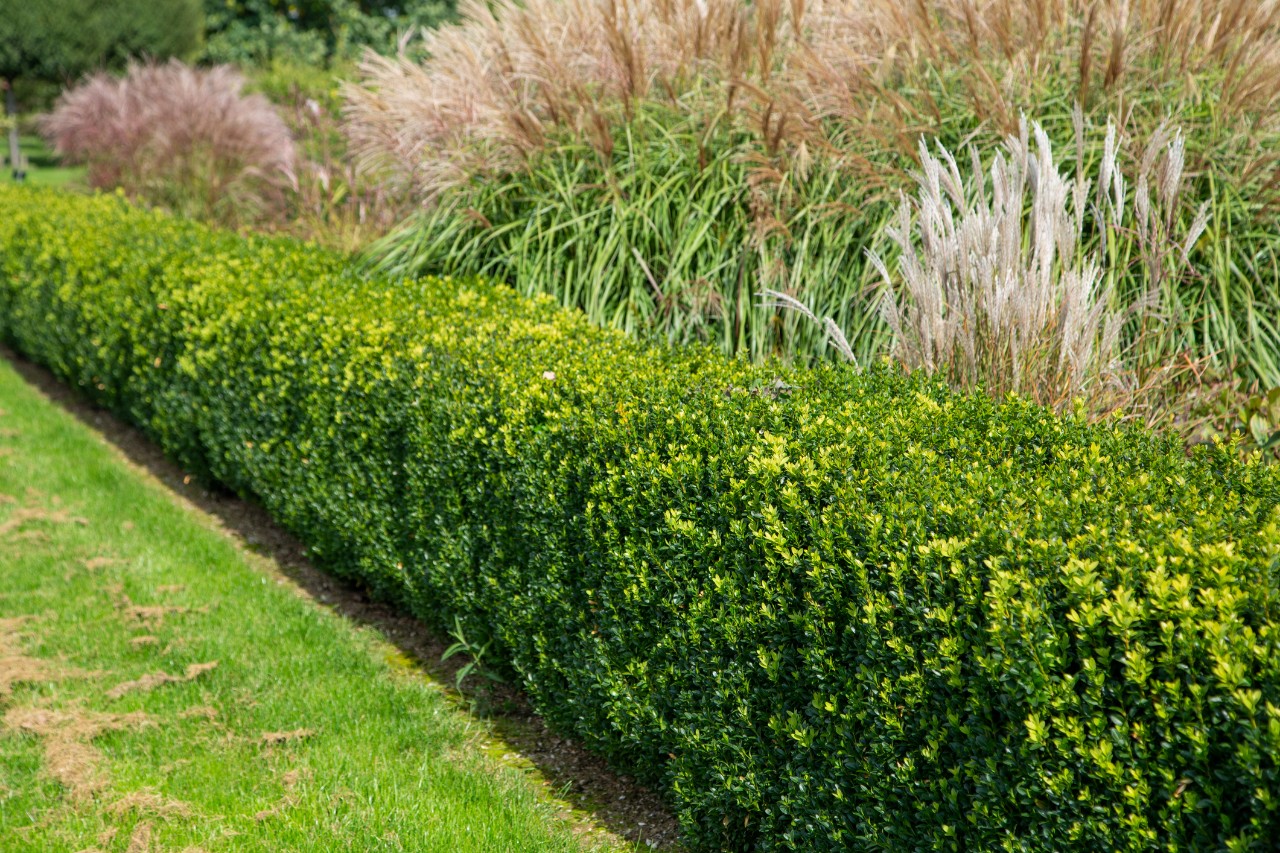
Biologist explains what's killing boxwood shrubs
UC professor joins gardening panel on WVXU's Cincinnati Edition
What's killing boxwood shrubs in the Midwest?
A University of Cincinnati biologist told WVXU's Cincinnati Edition that the box tree caterpillar is to blame.
“They're actually quite bad right now. We're hearing a lot of reports about the East Side of town. We've seen an uptick in damage in the last month or so,“ said Theresa Culley, a professor of biological sciences and interim associate dean of UC's College of Arts and Sciences.

Interim Associate Dean Theresa Culley of UC's College of Arts and Sciences was a guest on the monthly gardening show for WVXU's Cincinnati Edition. Photo/Andrew Higley/UC
Culley joined the monthly gardening show to discuss fall tree care and the latest scourge of backyard gardeners.
Culley said none of the three common species of boxwoods are native to the United States.
Culley said boxwood leaves can yellow and curl when they begin to fall prey to caterpillars. And gardeners might even see some of the wispy silk webbing from the caterpillars.
“When you apply pesticides, you only want to do it if you see an infestation,“ she said. “You don't want to preemptively spray. It can do more damage than good, especially to the mites that are beneficial to the boxwoods.“
Culley was joined on the program by Jon Butcher from Madison Tree Care and Landscaping and Dominique Peebles, owner of Brick Gardens.
Listen to WVXU's Cincinnati Edition.
Featured image at top: A boxwood hedge. UC Professor Theresa Culley joined the monthly gardening show for WVXU's Cincinnati Edition. Photo/BasieB/iStockPhoto

Boxwood shrubs can turn yellow from cold damage or damage from caterpillars. Photo/iStockPhoto
Related Stories
‘Designer drug’ shows early neuroprotective signal in acute ischemic stroke
October 28, 2025
Medscape highlighted new trial results led by the University of Cincinnati's Eva Mistry that found an experimental drug shows promise in protecting injured brain cells for patients with acute ischemic stroke.
Is menstrual fluid ‘the most overlooked opportunity’ in women’s health?
October 27, 2025
The Guardian recently reported that period blood has long been thought of as ‘stinky and useless’, but startups are exploring using the fluid to test for a wide range of health conditions — including endometriosis.
What is squalane, and how does it work to moisturize skin?
October 27, 2025
The University of Cincinnati's Kelly Dobos was featured in a Women's Health article discussing squalane, an ingredient being increasingly used in moisturizing skincare products.
